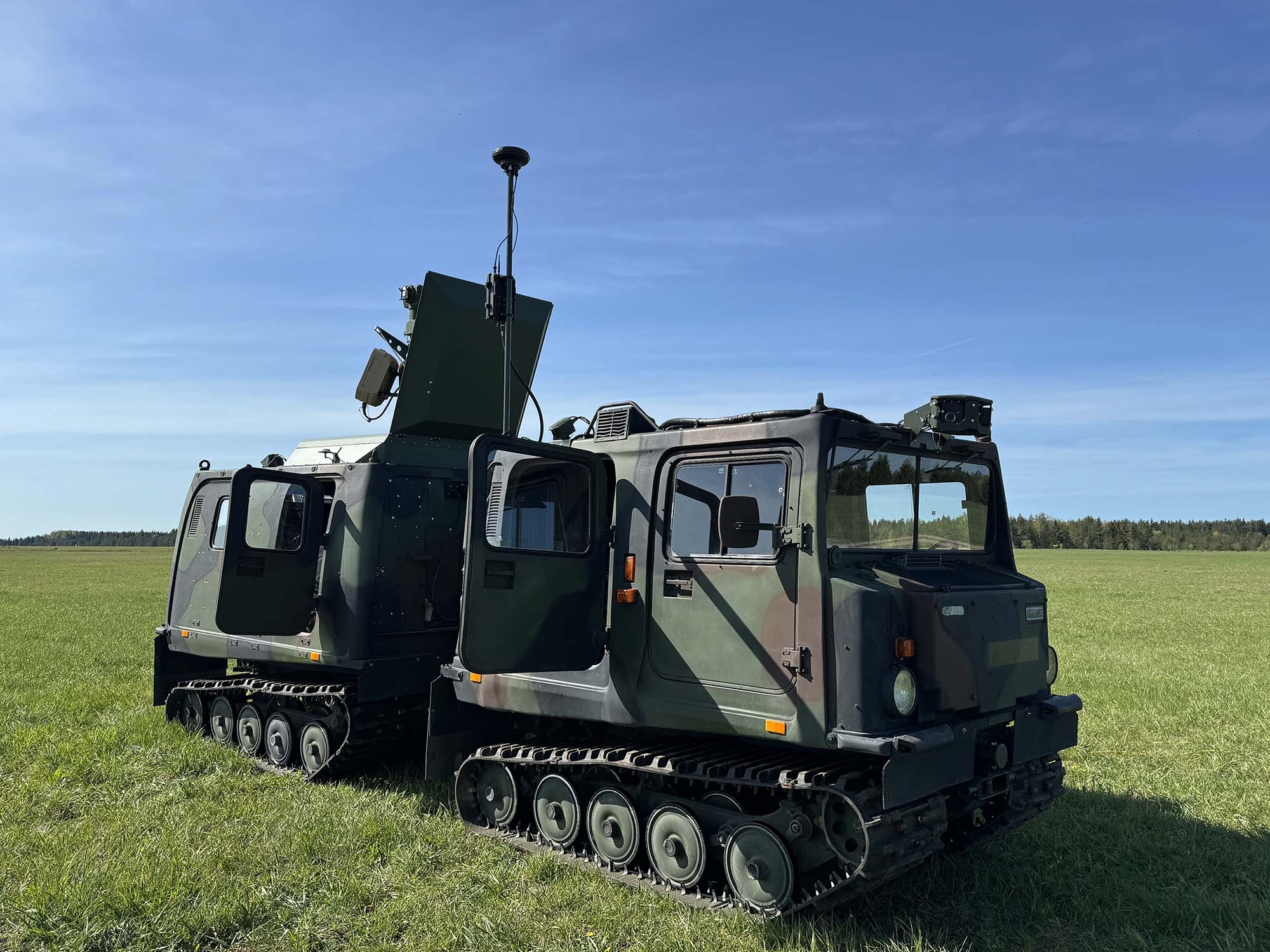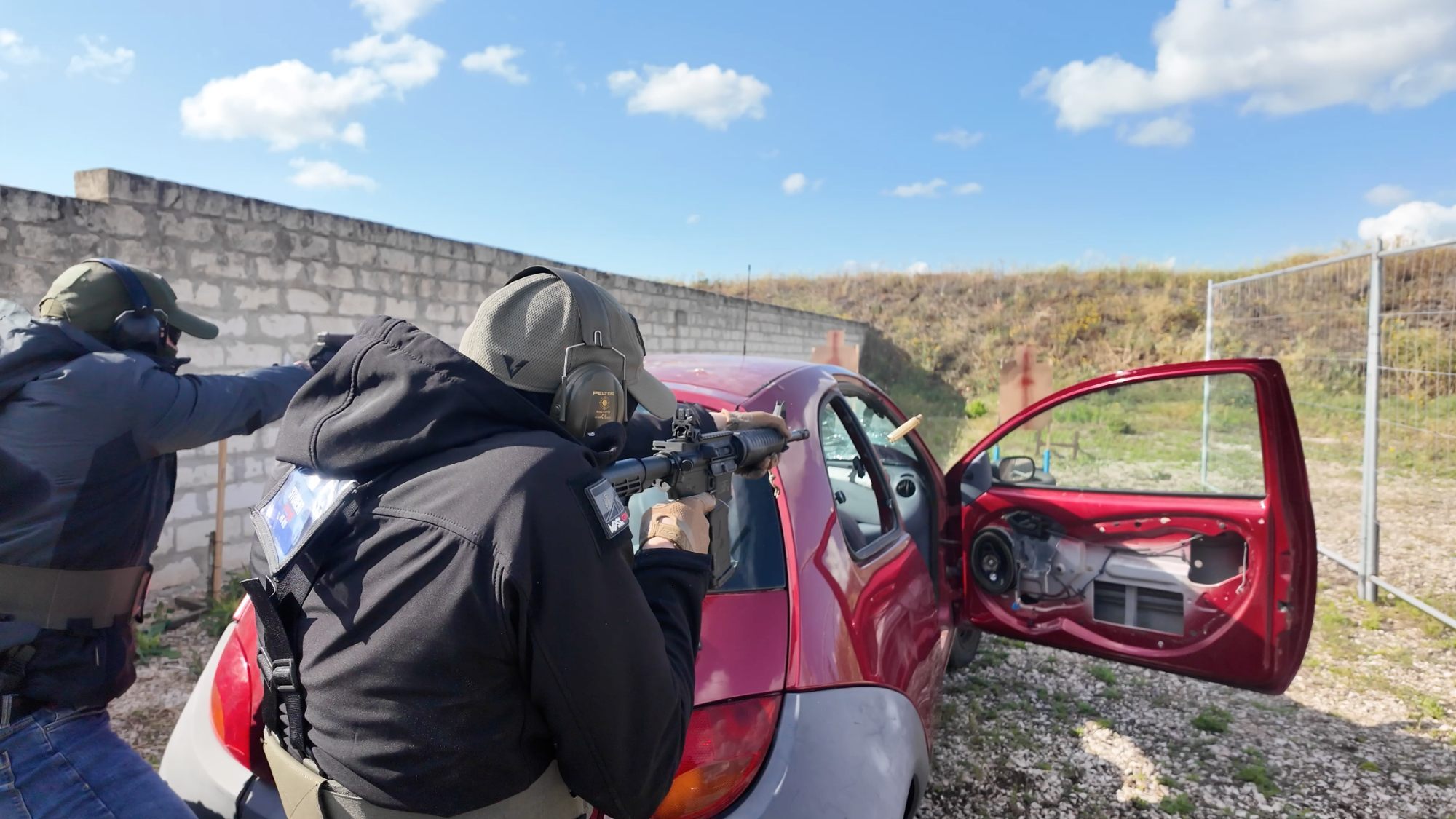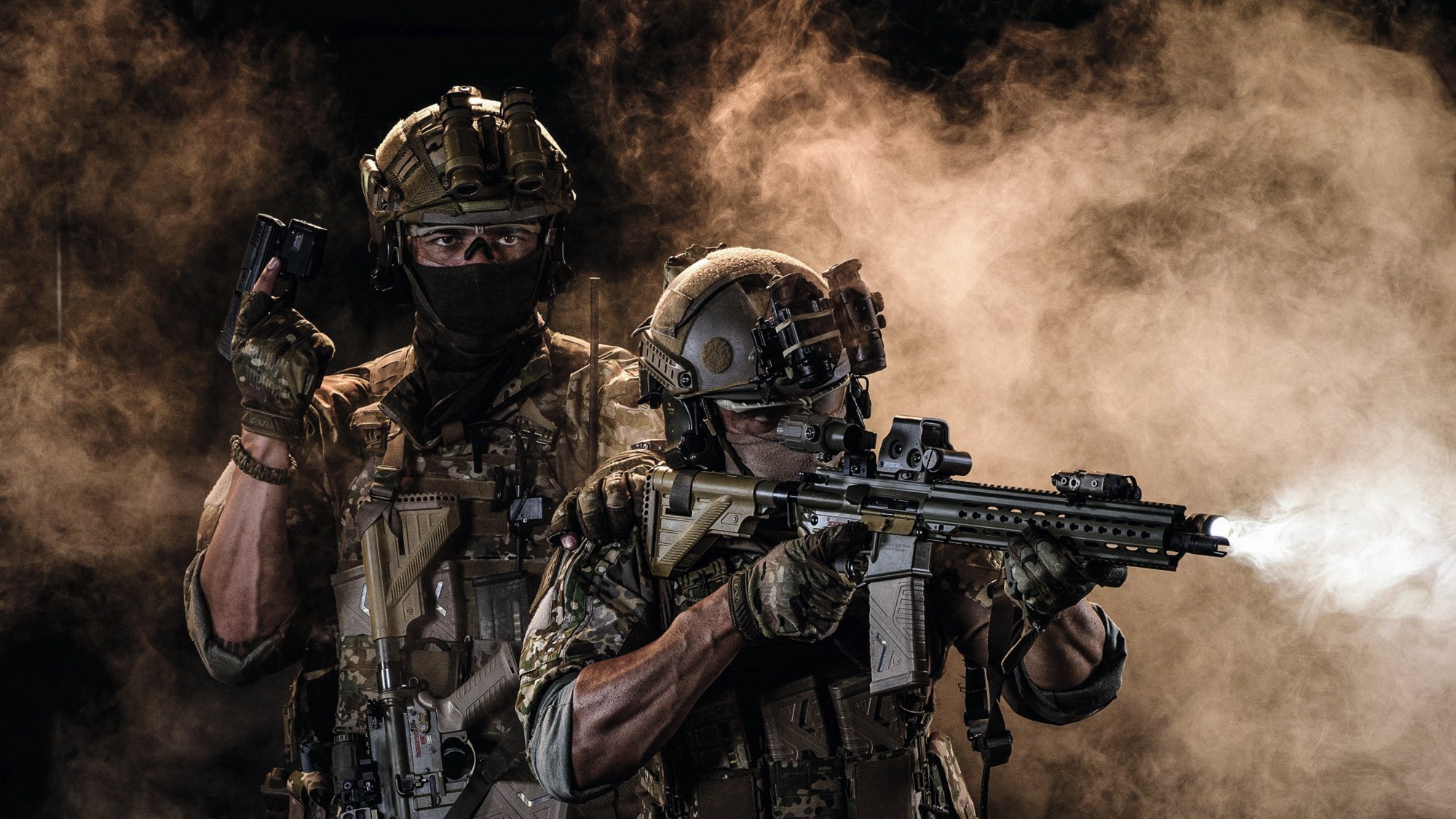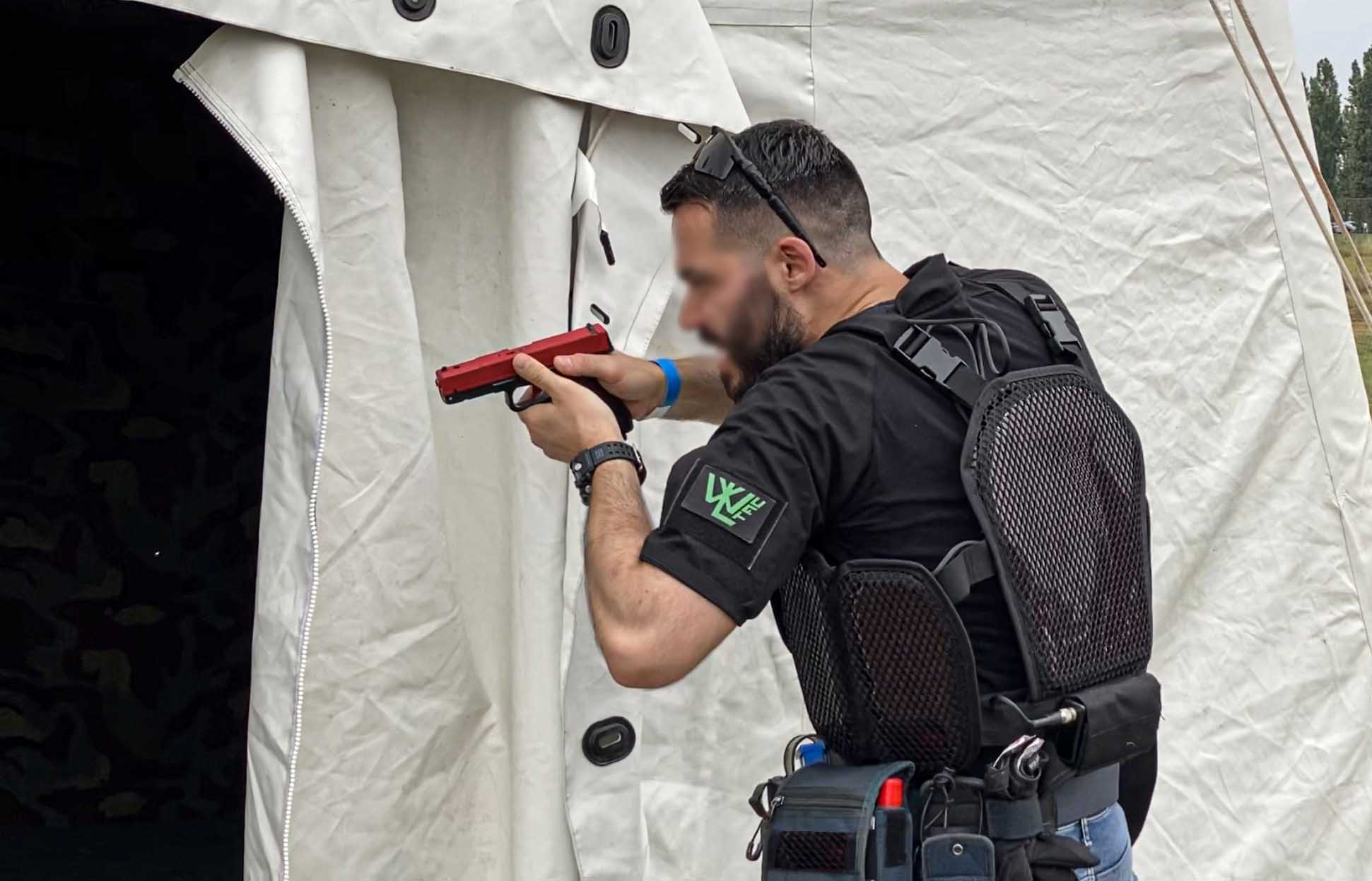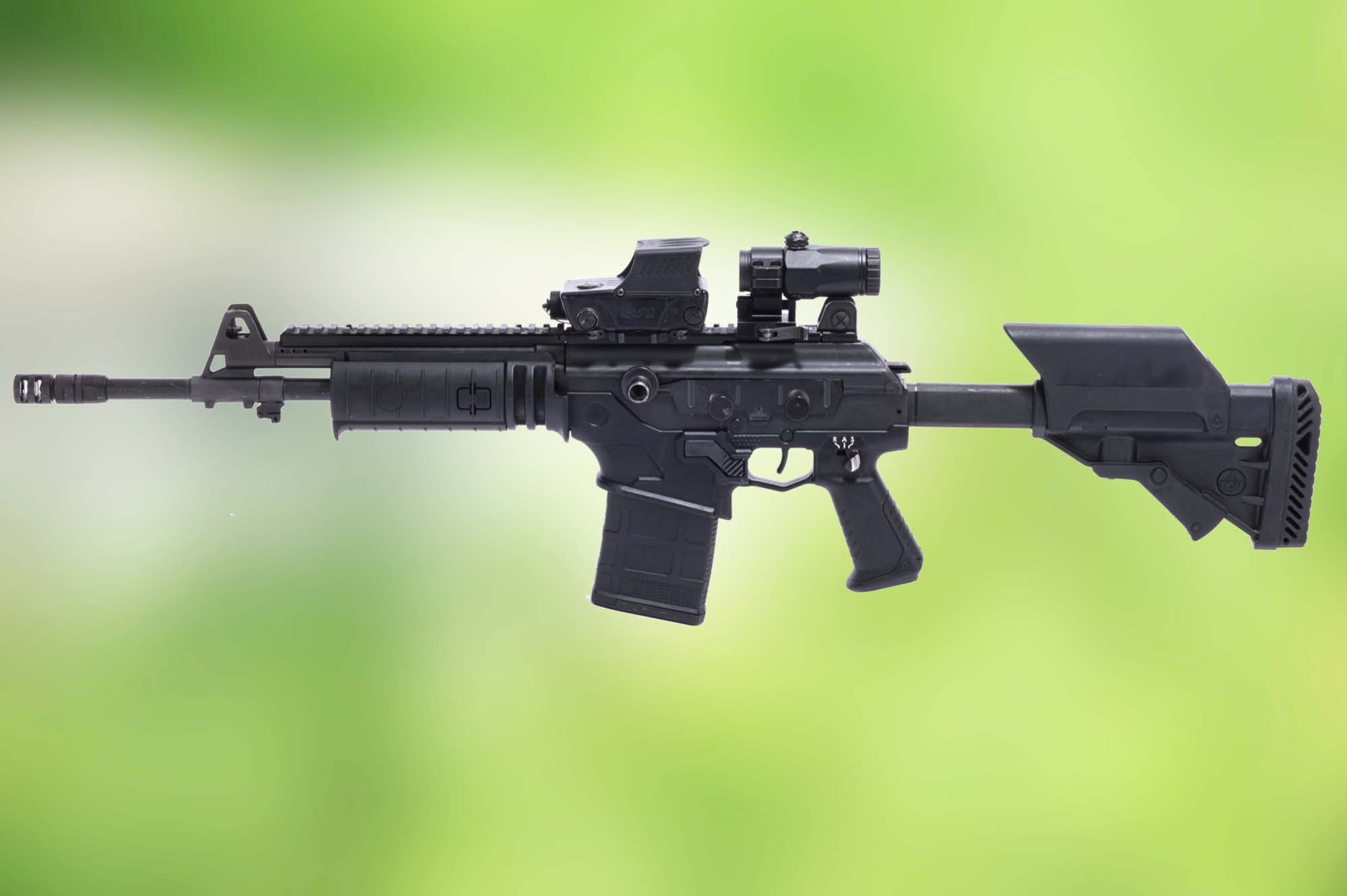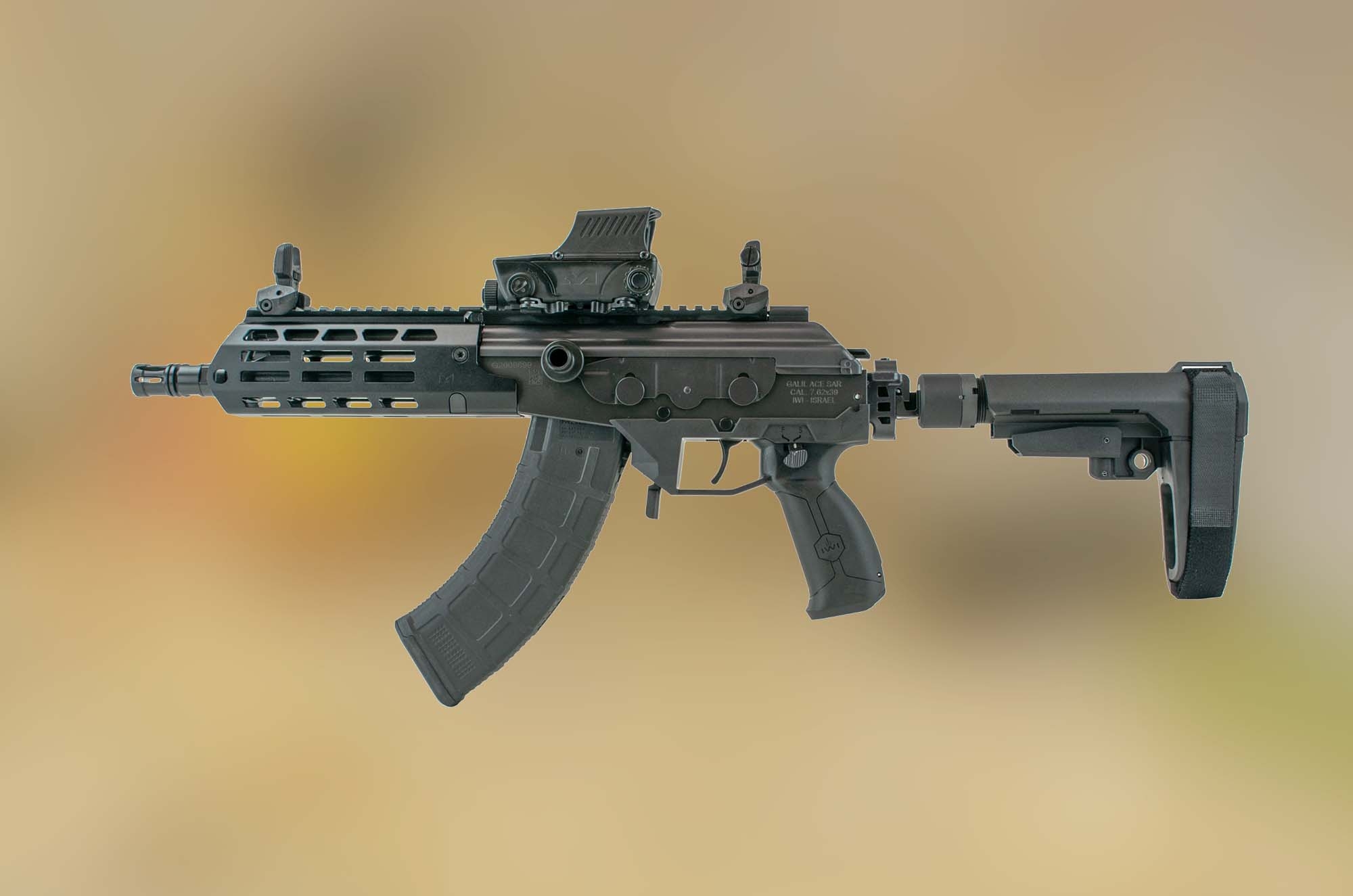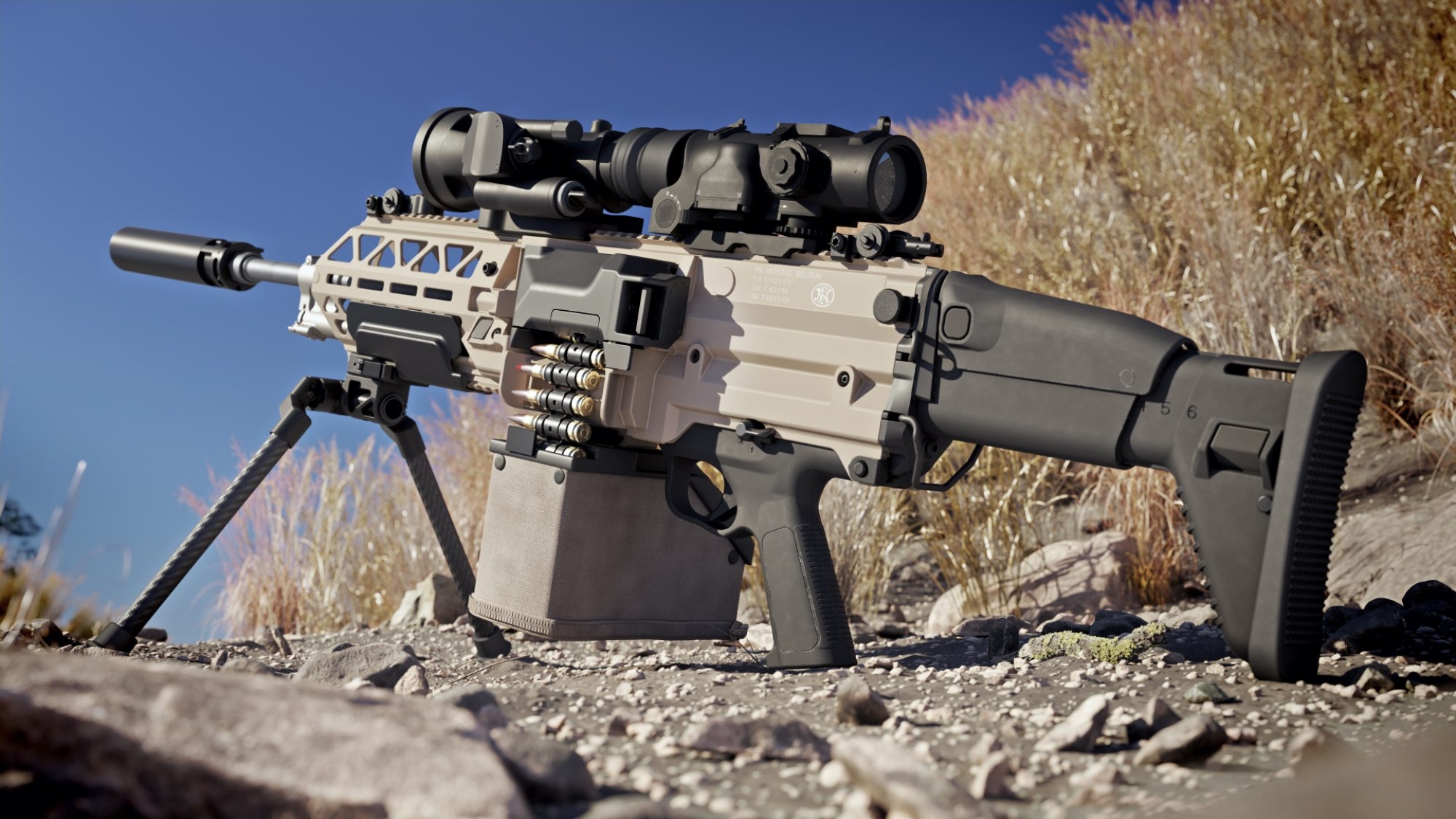Special Forces are not just an “Army thing”. SOF units can be classified to a limited extent under the three traditional branches of the armed forces – the Army, the Air Force and the Navy – because some countries have their special forces as a separate branch. The US Special Operations Operations Command (US SOCOM), which was established in 1987, is responsible for the Army Special Operations Command (USASOC), Naval Special Warfare Command (NSW), Marine Forces Special Operations Command (MARSOC), and Joint Special Operations Command (JSOC). JSOC, as the core of the US Tier One Special Forces, also controls units from various branches of the Armed Forces, including the Army's 1st SFOD-D (A) known as Delta Force, the former SEAL Team 6 now known as the Naval Special Warfare Development Group (DEVGRU), or the US Air Force's 24th Special Tactics Squadron.
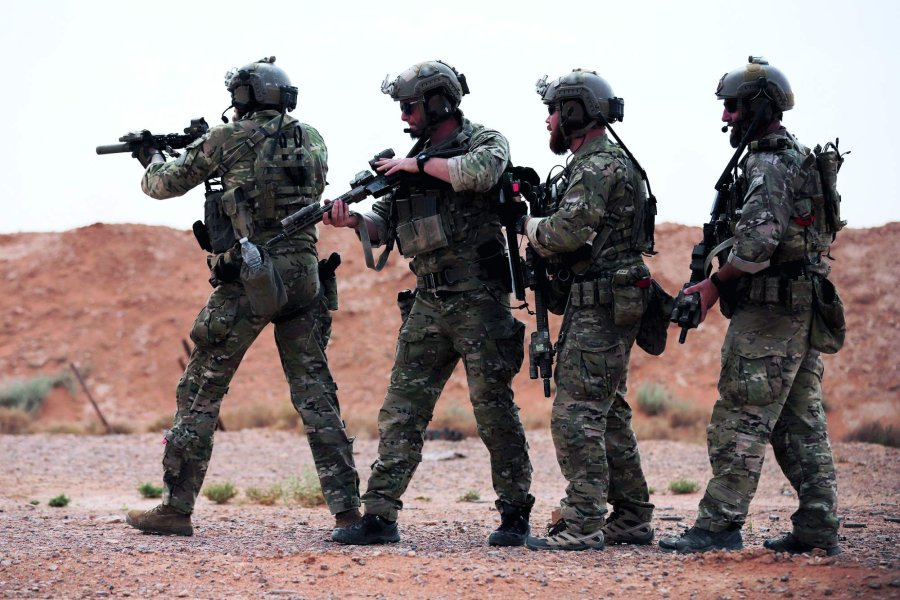
The United Kingdom took a similar approach by establishing the United Kingdom Special Forces Directorate (UKSF). The example is still being followed. NATO partner Poland, for example, followed suit in 2007: its Special Forces Command operates the Tier One unit GROM (wearing a sand-colored beret), the Formoza combat swimmers, the traditional Jednostka Wojskowa Komandosów (JWK, commando special forces group, dark green beret), the AGAT specialized unit formed in 2011 from the special branch of the military police, the Nil support unit and, as a helicopter component, the 7th Special Operations Squadron. The Polish military distinguish their operations according to tactics.
There is a color code for this:
- Green = operations in unpopulated areas such as patrols, ambushes, hand-to-hand combat.
- Black = operations in urban environment, but also hostage rescue etc.
- Blue = operations in, on and around waters, coasts and maritime environment, including hostage rescue at sea and special reconnaissance.
- Red = medical rescue missions under combat conditions.
The British blueprint
Whether the British 22 Special Air Service Regiment uses this color code, is unknown. What is certain is that the blueprint of modern special forces, the unit from Hereford, Wales, does have these capabilities. Its core is formed by the four Sabre Squadrons, company-level units. Currently there are four – A, B, D and G. Each has its own symbol: A the scorpion, B a bear paw, D a kris dagger and G the Guards Division blue-red-blue striped patch. The individual Sabre Squadrons divide into four platoons.
The Air Troop specializes in parachute operations, the Boat Troop in maritime operations, the Mobility Troop in vehicle-based operations, and the Mountain Troop in mountain and arctic warfare. Each Troop is to consist of about 16 “Blades”, as the operators are called in SAS parlance.
The rotations between missions in Afghanistan, Iraq/Syria, Africa, South America, and counterterrorism readiness at home make for an enormous operational burden. The Blades jokingly call this the "Circle of Death". And more deployments are in sight, not least with the return to home defense. After all, the 22 SAS Regiment can rely on two other territorial units (21 and 23 SAS Regiment) and an in-house L-Detachment of reservists.
Switzerland – The mix makes the difference
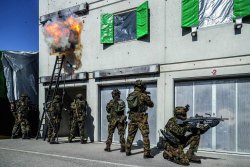
Neutral Switzerland organized its armed forces in a completely different way, namely as a militia system capable of growing up. Traditionally, the Grenadiers as well as the Fallschirmgrenadier-Kompanie 17 (today's Parachute Reconnaissance Company 17), which was established in 1969, are Switzerland's principal special forces unit. In view of the global terrorist threat situation, Switzerland established an Army Reconnaissance Detachment 10 (AAD 10), organized as a professional military unit, in 2004. This approximately 90-man tier-one unit forms the core component of the Swiss Special Forces Command (KSK), which until 2011 operated as the "Reconnaissance Formations of the Armed Forces and Grenadiers". In addition to AAD 10, other units include Grenadier Battalions 20 and 30, the KSK Staff Battalion, Parachute Reconnaissance Company 17, the Military Police Special Detachment (also professional military) and the Training Center Special Forces.
There is a mixture of professional and militia soldiers. While the former can react at the drop of a hat, the militia elements increase endurance and can improve performance in the areas of special reconnaissance and direct action.
Austria: never retreat
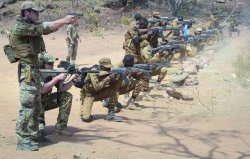
In neighboring and likewise neutral Austria, the armed forces established the Jagdkommando special operations group in 1962. The following year, a Jagdkommando basic course was held for the first time. The Idea at the beginning of the hot phase of the of the Cold War was to continue the fight in enemy-occupied territory with small units. This strategy of “space defense” went back to General Emil Spanocchi ("Spanocchi Doctrine"). Since 1965, parachute jump training has been part of the Jagdkommando course. From 1969 onwards, combat swimmers were added. In the mid 1970s, long-range scouting and special operations of all kinds supplemented the training plan.
In keeping with its motto "Numquam retro – Never retreat", the Jagdkommando has developed considerably since then. Today, in addition to the staff, the unit consists of two task groups, which form the core of the special forces. In addition, there is the Jagdkommando Doctrine Department and the Jagdkommando Operations Base. The latter is primarily responsible for logistical support.
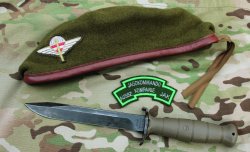
The prerequisite for service in the Jagdkommando is the one-year-long Jagdkommando basic course. This is followed by numerous other courses. The typical expertise in the operational teams includes medical, telecommunications, weapons and engineer specialists. Other functions include the fire support coordinator, SOTAC (Special Operations Terminal Attack Controller), the sniper, and the dog handler (K9). Behind these specialists are the telecommunication operators, mortar operators, logisticians or special reconnaissance officers.
The Jagdkommando can look back on a long operational history. Their various missions have taken the soldiers to Bosnia-Herzegovina, Albania, Kosovo, Afghanistan, the Mediterranean, the Democratic Republic of the Congo, Chad, Mali, the Central African Republic, Egypt and Libya. In addition to the SOF missions, a special feature is the deployment of consular support teams. These are available for crisis developments (for example, Arab Spring in 2011 and Covid-19 in 2020), assisting the Austrian representations abroad.
Germany: a command in crisis
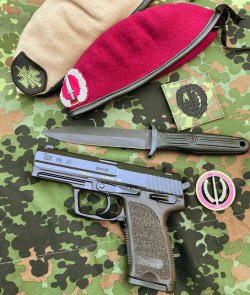
The German Special Forces Command (Kommando Spezialkräfte, KSK) is basically divided into Operational Forces and Support Forces. The former has so far comprised six companies, i.e., four commando companies, one special commando company and one special reconnaissance company. The latter include supply, communications, support and medical companies.
In addition, there are staff, training, development and a company for a Special Operations Component Command (SOCC). Formed in 1996 with the help of GSG9, SAS and later Delta Force, the KSK is on the brink of a major crisis as a result of a scandal that escalated in the spring of 2020 due to growing far-right extremism within the ranks. One of the most drastic actions had already been implemented by August 1, 2020, namely the disbandment of the 2nd Command Company. Other measures are more long-term in nature.
For example, large parts of the training will be outsourced to the Infantry Training Center. In addition, more logistics personnel and more political education will be provided, and more psychologists will accompany the candidates in the new, two-week-long potential assessment process. A four-stage security clearance process is designed to ensure that extremists do not end up where they where they have absolutely no business – and that includes special forces, of course.
Original text: Dr. Jan-Phillipp Weisswange
In Part 1 we took a look into the special forces' mission; in Part 2 we examined their common roots and development.
In the next installment we will talk about SOF weapon systems.





